Last-Minute NYC Holiday Gift Guide 🎁
We’ve created a holiday gift guide with presents for the intrepid New Yorker that should arrive just in time—


Last month’s reopening of the New York State Pavilion, hosted by the Parks Department, gave the public a rare glimpse into the historical grounds of the Tent of Tomorrow. The iconic towers directly adjacent to the site, however, remained closed. For those looking for a new perspective—or a bit of an adventure—on landmarks that we all can identify but don’t really know, it becomes clear that you’ll have to do the climbing yourself.
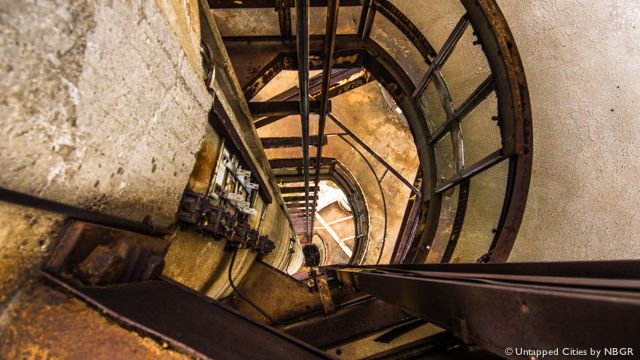
Designed to accommodate the 50 million visitors of the 1964 World’s Fair, the three levels of observatories can be accessed through a stairway rising up the central column of the superstructure. It becomes evident after the first missing stair that, although the towers are structurally sound, they have been recipients of decades of neglect since the Fair’s close.
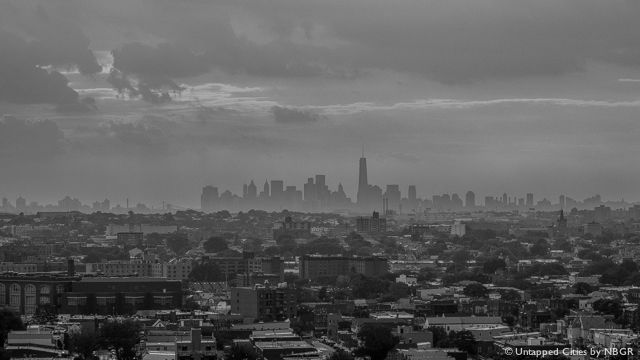
With nothing to vertically compare to the 226 foot towers for miles around, the view from the top observation deck is unchallenged and breathtaking, offering a unique panorama of New York’s skyline from the periphery. Remnants of human activity from graffiti tags to used condom wrappers are scattered about the site, but the most intriguing (and tempting) of all is a makeshift ladder strung together with wire and wood planks wrapped with electrical tape that bridges a 20-foot gap to the highest level. Here, in what seems to have once been a maintenance floor, the sense of exclusivity rings truer than ever; this part of the tower has never been accessible to the public.
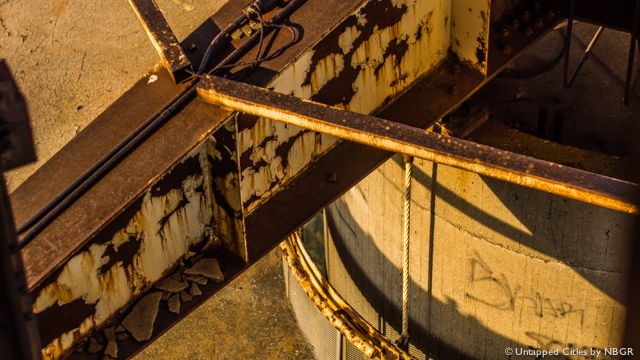
The topic of the Pavilion’s preservation has become a contentious point of debate in recent years, but has gained wider public support. Contrary to some misconceptions, though, the site is officially protected by New York State and National Historic Registers, so the current issue pits restoration advocates against those who would rather see the funds spent elsewhere. Preservationists have been pushing for restoration for decades, citing several issues with the structural integrity of the towers as some of the primary concerns for safe access, including the ruined elevator system, rotting staircase, and the aviation warning light atop the towers.
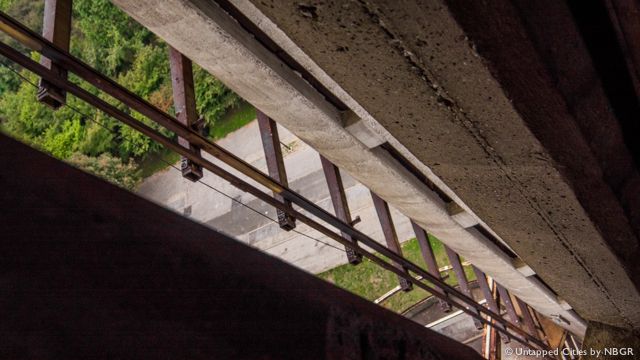
Even without official preservation, the towers remain an attractive destination for explorers and locals alike, and they will be visited regardless of what the Parks Department will do to keep the site boarded up. With the right funding to match the steadfast support, the towers could once again become cultural amenities, generating both community pride and potential revenue for the park. For now, these emblems of yesterday’s tomorrow remain in limbo.
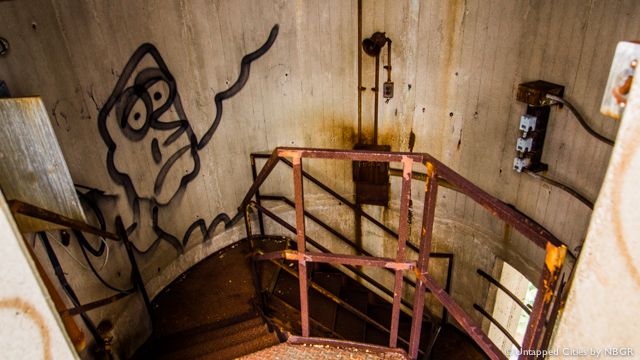
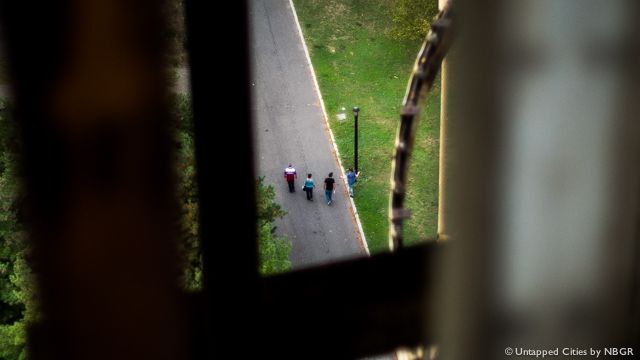
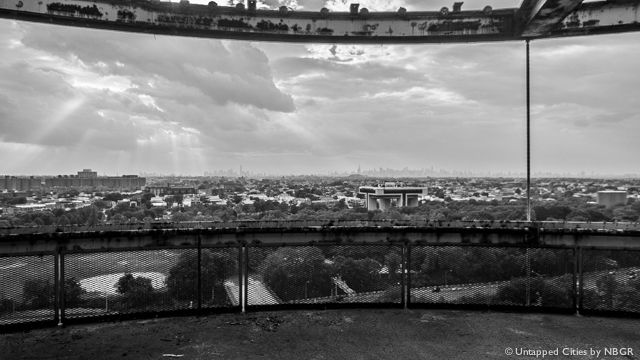
Check out our photos inside the Abandoned 1964 World’s Fair Pavilion. You can learn more about hidden places in NYC and abroad at thisisnotreale.com. Or you can talk cities, photography, and biking with Nick on his Twitter.
Subscribe to our newsletter